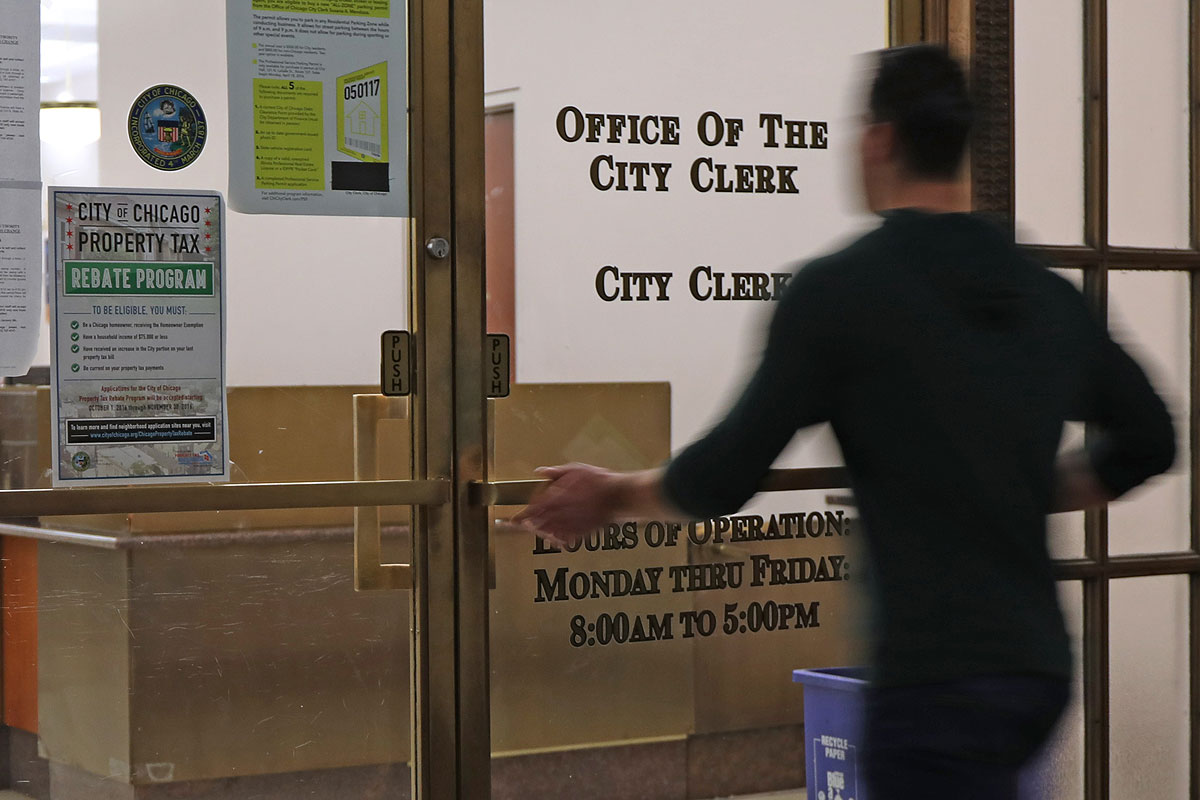A Tribune investigative team, led by Jason Grotto and with the assistance of the Center for Municipal Finance at the University of Chicago's Harris School of Public Policy, just dropped a massive and fascinating report on the property tax system in Cook County and how assessments are skewed to undervalue expensive homes and overvalue inexpensive ones.
I've often written about property taxes, and it's one of the most complex and difficult subjects in public policy. It's especially complex in Cook County. The scope of their work is huge, taking a year to produce, based on more than 100 million property tax records over 12 years.
It's hard to do it justice in brief, but if there's any effective summary, it's this:
Comparing assessed values to actual sales also reveals inequities in the system. In the township covering Chicago’s Northwest Side, for example, the 2012 median assessment level was 10 percent higher than what is called for in county ordinances. The township that includes Lincoln Park, the Gold Coast and downtown, meanwhile, was nearly 20 percent lower than it should have been.
When a property value is under-assessed, that means the county estimates its value to be lower than it actually is—which means the owners won't pay as much property tax as they should. The Trib piece finds evidence of considerable inaccuracy in these property assessments, often disadvantaging people with lower-value homes. This sounds a bit arcane, but it's important:
The most common measure of accuracy is called the coefficient of dispersion, or COD. Assessment experts say the highest acceptable score is 15, which basically means the average error rate was 15 percent.
Prior to 2009, Cook County had scores of around 15, the Tribune’s analysis found. Since then, however, the scores have been as high as 31 in some townships, meaning assessments were deeply unfair.
In Chicago, scores for the city’s eight townships ranged from 16 to 31 for the 2012 reassessment. The scores for the 2010 reassessment in the north suburbs and the 2011 reassessment in the south and west suburbs also exceeded the standard of 15, sometimes by a wide margin.
On policy-nerd twitter, some questions came up about the Trib piece. Did the housing bubble and Great Recession throw everything off? And how does Chicago compare to neighboring areas?
I was curious, and poked around until I found a bit of evidence: a 2011 study by Daniel P. McMillen about property-value assessments in Chicago and DuPage County. He looks at the data for 2006 in Chicago and 1999 for DuPage, which was the most recent data he could get. First, he finds that the coefficient of dispersion in Chicago was 18.3—above the 15 percent limit mentioned in the Trib piece, though not as high as it would get during and after the recession—and only 8.7 in DuPage. The state's data indicates DuPage is now a little higher, at 14.3, still within the acceptable range.
Chicago's not necessarily alone in this. Earlier this year Newsday did a similar analysis of such issues in Nassau County, a part of Long Island just east of Queens, home of the first planned Levittown community. They found that its residential COD had doubled from 7.6 in 2010-11 to 15.3 in 2016-2017—and, like the Trib team, that the appeals process favored people with the means, time, and knowledge to complete it. In 2015, CODs in the non-Manhattan boroughs of New York ranged from 13.2 to 17.8. Another big investigative piece on assessment by the Milwaukee Journal-Sentinel from 2014 found that the COD in Milwaukee was 18.4 (though it was 7.4 in Madison). A study of the District of Columbia found that the COD was higher than 20 percent in five of eight years between 2003 and 2011. And other Illinois counties, particularly rural ones, have long had high CODs.
Chicago also has a high "price related differential," meaning that generally speaking, low-value property is over-assessed and high-value property is under-assessed. The Tribune's analysis finds that Cook County's PRD has been higher than accepted standards for years. How do we compare to others? In recent years the PRD has been within an acceptable range in King County (Seattle), Multnomah County (Portland), Fulton County (Atlanta), Houston, and D.C.
But we're not alone: Allegheny County (Pittsburgh) also has higher-than-acceptable PRD. In Philadelphia, the PRD was well above standards both before and after the crash, with high CODs as well—though, after reforms meant to target high CODs, the city's data suggests those measures are near accepted standards. Perhaps unsurprisingly, some of the worst numbers come out of Detroit, where the post-crash PRD was more than twice Cook County's and the COD several times higher; both numbers remain so through 2015.
There are cities to learn from, both as models and cautionary tales; the Trib piece goes into possible solutions, as well as many, many other things.
Why does this all matter more broadly? The investigation underscores the heavy dependence of local governments on property taxes in Illinois, and where that burden falls. Property taxes are high here, compared to other states—and their research indicates that they are unusually high among people with the least ability to pay, and in areas of the county where the government would most want to encourage homeownership and stop the departure of residents. And with a property tax freeze on the table as well as a revision of the state's school funding formula, the findings put more weight not just on local politics, but state politics as well.



